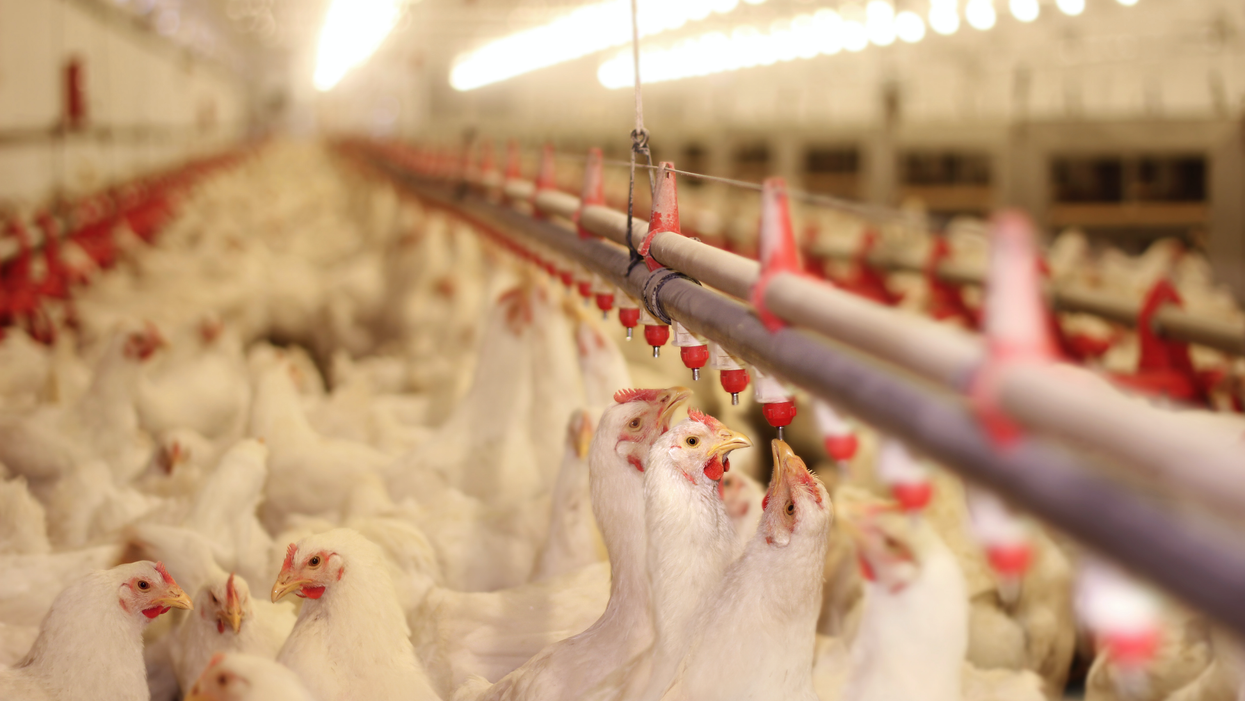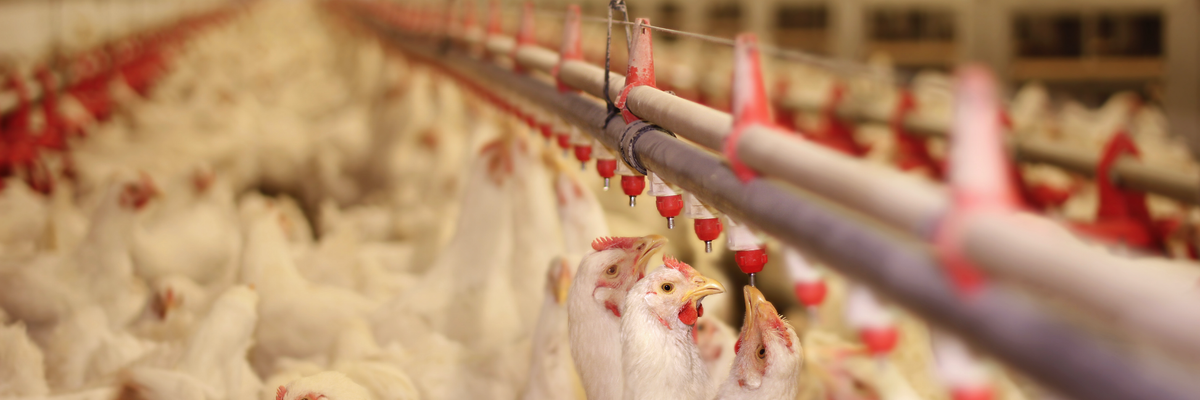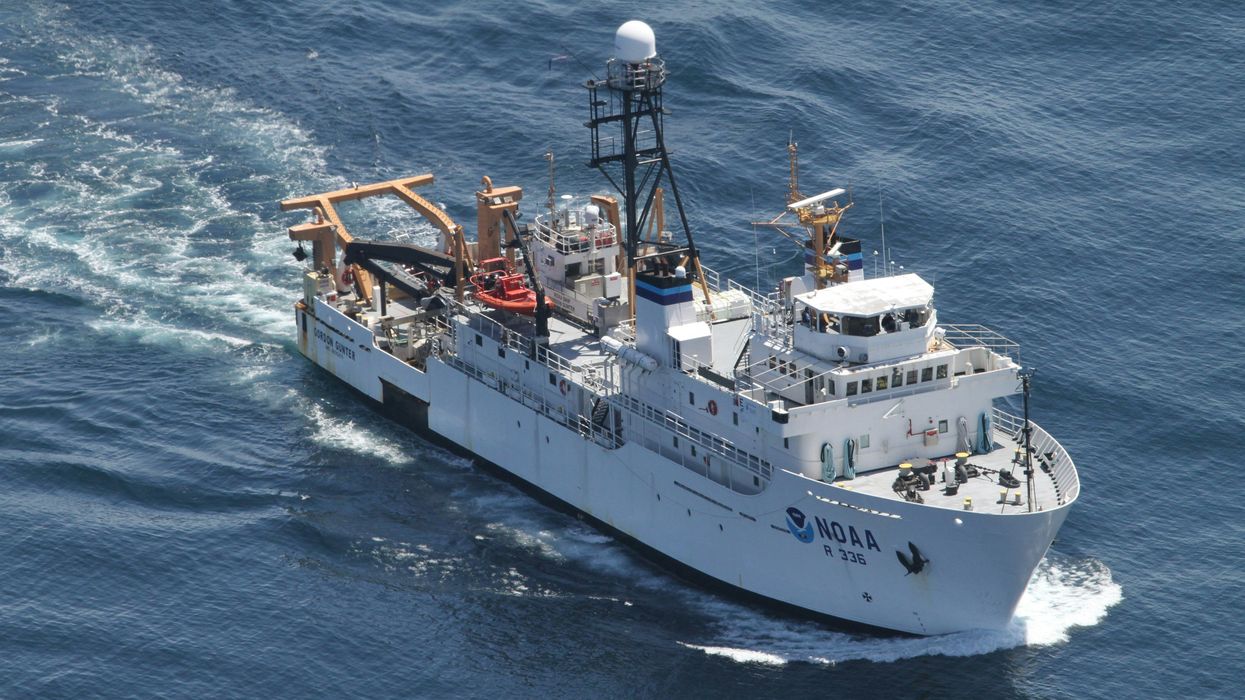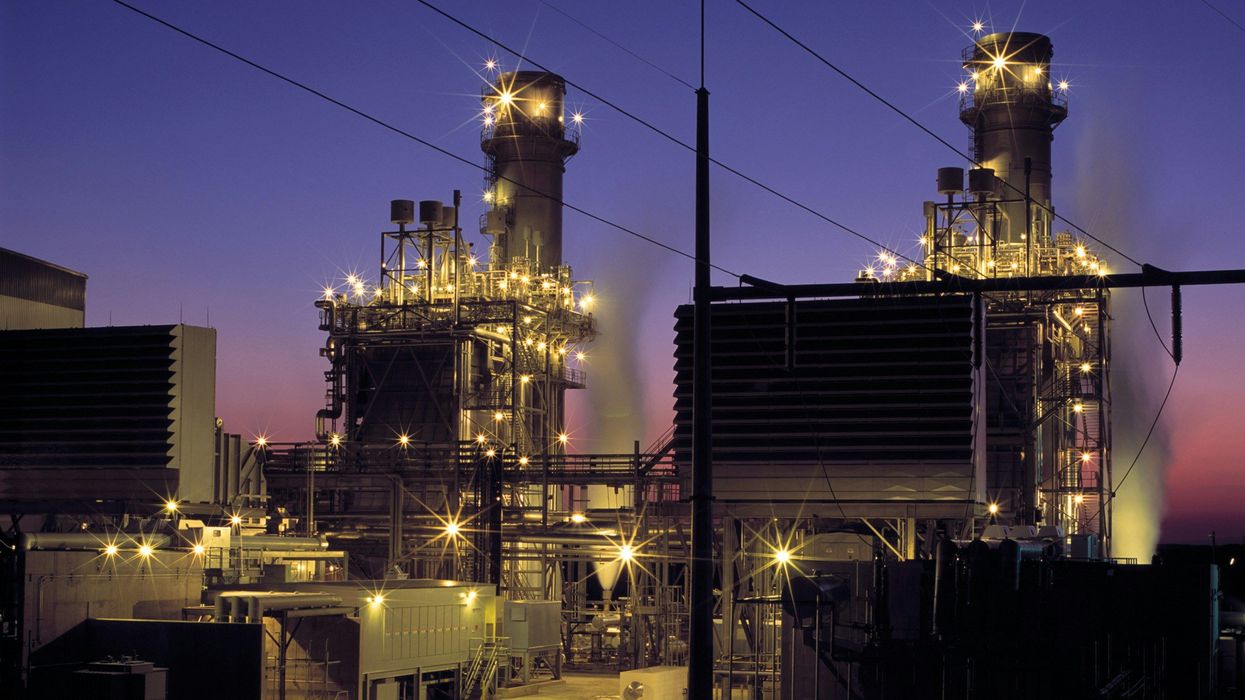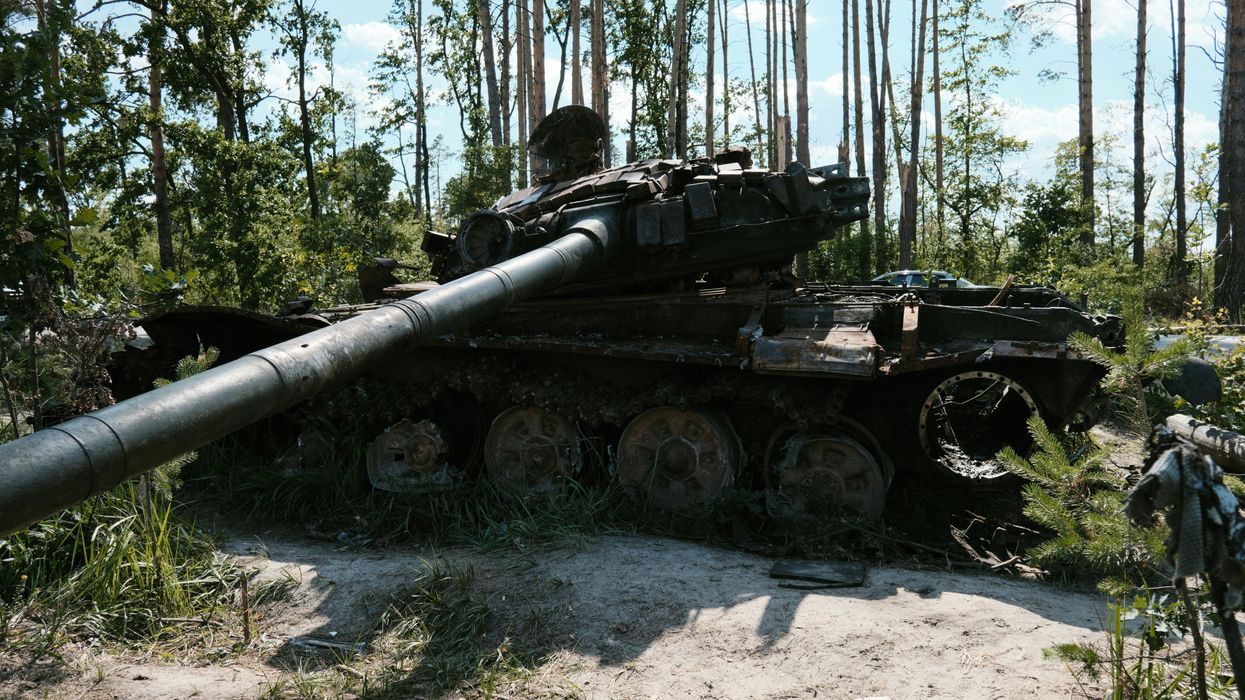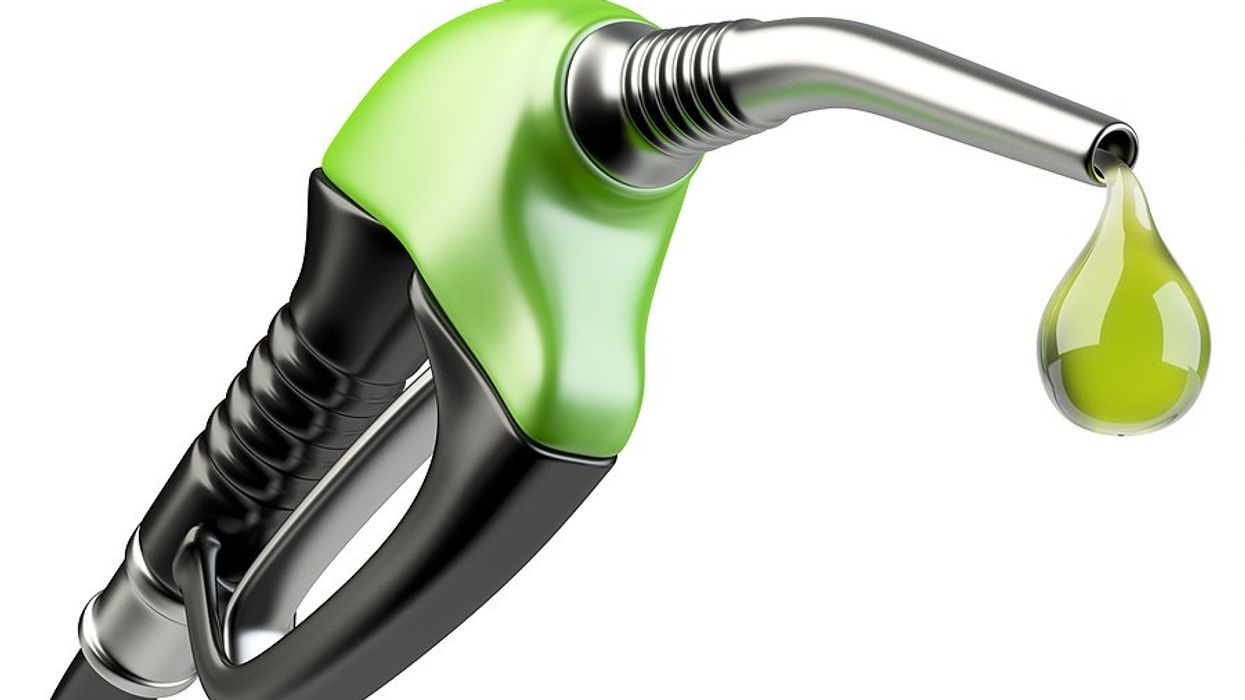For decades, North Carolina has made headlines for its massive, concentrated factory hog farming industry, however, a report released today finds that there are now more than twice as many large, concentrated poultry farms than hog farms.
The report, released from the non-profit Environmental Working Group and the Waterkeeper Alliance, raises concerns that poultry concentrated animal feeding operations, or CAFOs, are now a larger source of nutrient pollution to the state's water than hogs and many of these poultry CAFOs are in the same communities where hog CAFOs are clustered.
The report, done by combing through federal data, satellite images and site visits, comes as state policymakers are deciding how to permit and regulate the state's industrial livestock industry and its waste.
"This recent and dramatic expansion of avian agribusiness and the threat these operations pose to the environment should be factored into regulators' deliberations over the general swine permit," the authors write in the new report. "The health and well-being of North Carolina's citizens hang in the balance."

The state currently has a moratorium on new CAFO hog farms, however, when it comes to poultry, the state's "not regulating this growth and is allowing this to happen in areas already under extreme pressure from swine operations," Soren Rundquist, director of spatial analysis and primary author of the new report, told EHN.
However, Bob Ford, North Carolina Poultry Federation Executive Director, told EHN farmers "care just as much about water quality as the WaterKeepers do."
"Farmers get a black-eye a little bit. They do care about the water, that's their livelihood, they drink the water too," he said.
The report estimates North Carolina's 4,700 poultry farms annually generate roughly five million tons of waste, which contains nitrogen and phosphorous that can pollute nearby waterways and people's drinking water.
EWG and the Waterkeeper Alliance estimated poultry farms create about 4.8 times more nitrogen waste than hog farms, and 4.1 times more phosphorus waste. State data backs this up: the North Carolina Department of Environmental Quality in 2014 found poultry generated about three times the nitrogen and six times the phosphorous as hogs.
The poultry waste is "more concentrated in phosphorus naturally" than hog waste, Rundquist said, adding that the poultry "dry waste is also not diluted with water" so can be more nutrient dense. The nutrients can cause algae blooms, harm aquatic life and taint drinking water.
Ford said poultry farms with more than 30,000 birds develop a nutrient management plan with the NC DEQ.
"We have a team of poultry specialists at North Carolina State [University] that write those plans for the farmer, customizing it for the number [of birds] you have on farm," he said. "If you want to build more chicken houses, you have to revise that plan."
Ford said the litter is a "valuable byproduct" stored in three-sided sheds or under a piece of plastic until it's applied to crops like tobacco, corn or soybeans, or sold to Duke Energy to burn for energy. "Duke Energy likes that program very well," he said, "this is renewable energy."
The farmer "doesn't want to waste the litter or put anymore on the land than the nutrient plan says," Ford said.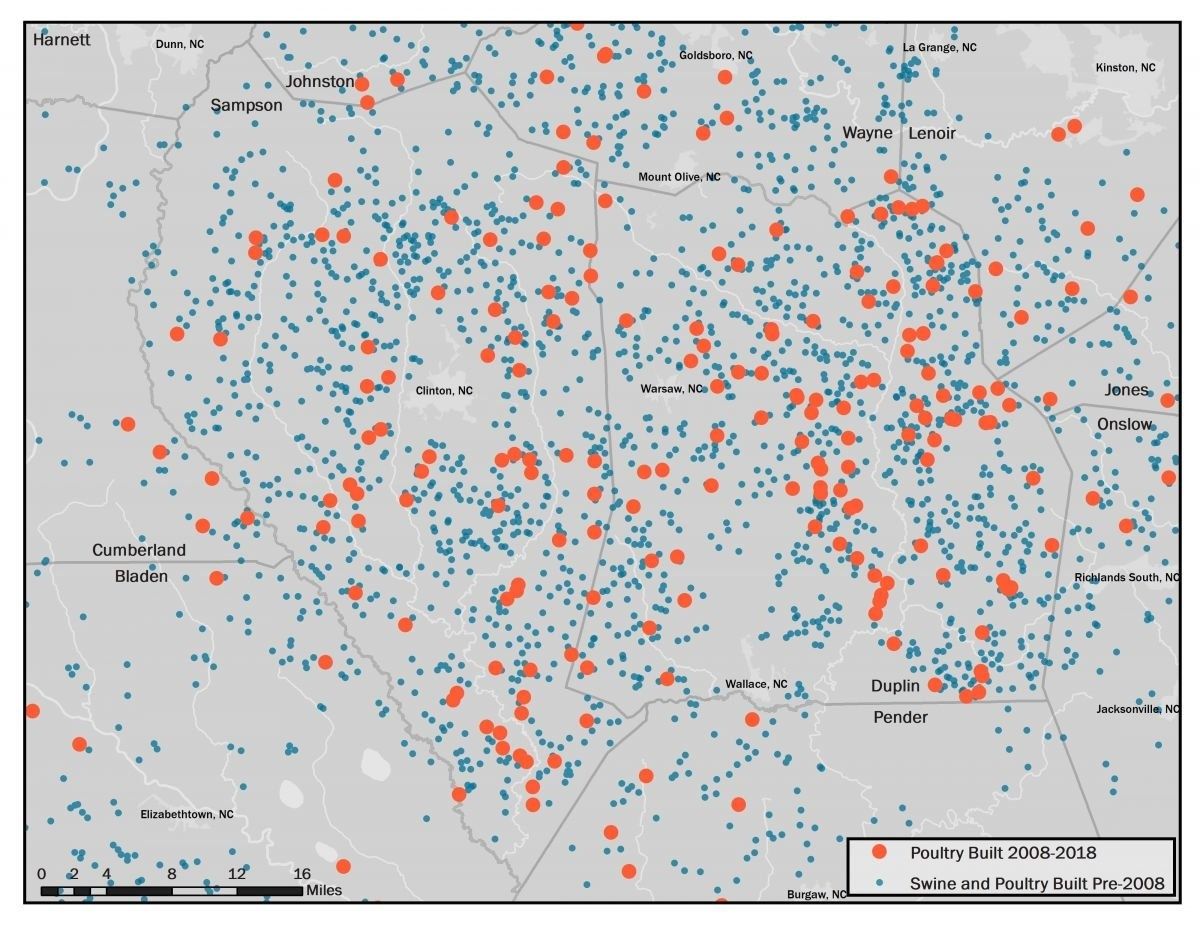
Poultry operations in Sampson and Duplin counties. (Credit: EWG, Waterkeeper Alliance)
The analysis found sharp growth in poultry farms, especially over the past couple years:
- In 1997 there were 147 million birds (chickens and turkeys) farmed in the state. In 2018 that number was 515 million (there are about 9.7 million hogs).
- Between 2008 and 2016 more than 60 new large poultry farms were added per year.
- Between 2016 and 2018 more than 120 new large poultry farms were added per year.
Much of the concern and focus on swine CAFOs has centered in Eastern North Carolina, specifically Duplin and Sampson counties. EWG's report found these two counties—which already account for 43 percent of large hog farms–contain 23 percent of all the new large poultry farms.
And the chickens and turkeys are sandwiched in these counties: "93 percent of the poultry operations are within three miles of at least 20 other poultry or swine farms," according to the report. The two counties now have an estimated 82 million chickens and turkeys along with four million hogs.
Such hyper concentration for the state's hog's CAFOs has long been pointed to as environmental injustice, as many of the communities where industrial hog farms cluster are predominantly Black and often poor.
"Most of the poultry industry operates largely with impunity," said Will Hendrick, staff attorney for Waterkeeper Alliance, in a statement. "Unfortunately, there is a lot of geographic overlap of poultry and swine operations, particularly in the coastal plain. That means North Carolina's rivers, already choking on millions of gallons of pig manure, are now forced to cope with tons of chicken waste, as well."
In a 2017 letter to the North Carolina Department of Environmental Quality, the U.S. Environmental Protection Agency wrote the External Civil Right Compliance Office "has deep concern about the possibility that African Americans, Latinos, and Native Americans have been subjected to discrimination as the result of NC DEQ's operation of the Swine Waste General Permit program."
Ford acknowledged the industry has changed—almost all poultry farmers are under contract from large corporations like Tyson—but pointed to an economic windfall for the state: the poultry industry has an estimated $36 billion economic impact every year, according to the Poultry Federation, and is responsible for almost 42 percent of North Carolina's total farm income and more than 125,000 jobs.
"There are waiting lists for people that are wanting to build [poultry] houses," he said.
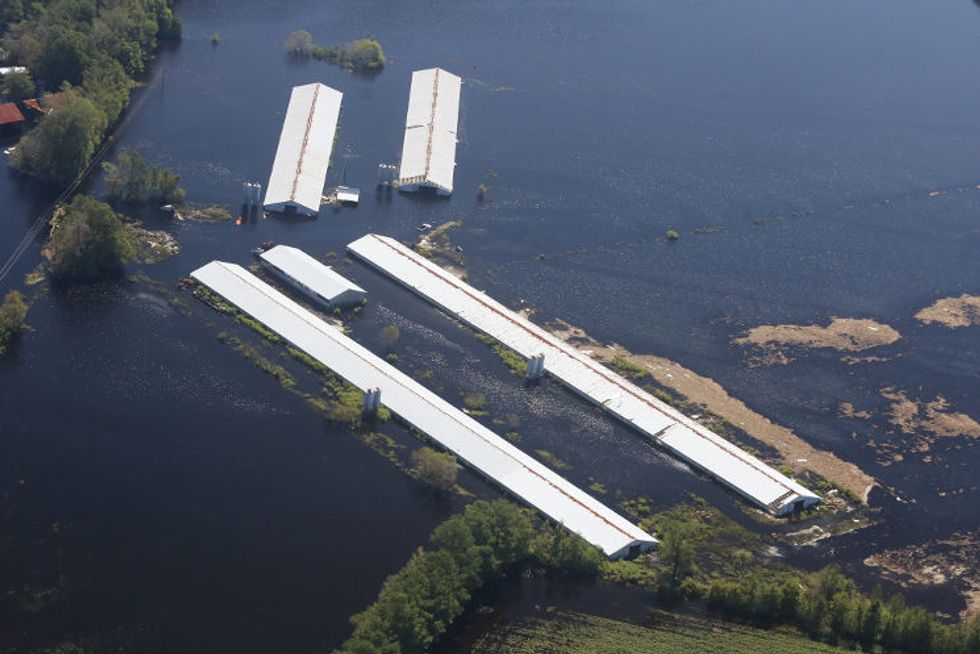
Last year's Hurricane Florence flooded CAFOs throughout the state. (Credit: Larry Baldwin, Crystal Coast Waterkeeper)
However, the concentration is also problematic, citizens and health advocates point out, as there are more frequent and more intense storms in the state that can flood factory farms and spread pollution to nearby waterways.
Last year's Hurricane Florence, for example, flooded an estimated 35 poultry farms, according to an earlier analysis from the Waterkeeper Alliance and EWG.
"[They're] getting increasing rainfall totals and these extreme events are going to keep washing this waste on areas near lower lying, susceptible, floodplains zones," Rundquist said.

